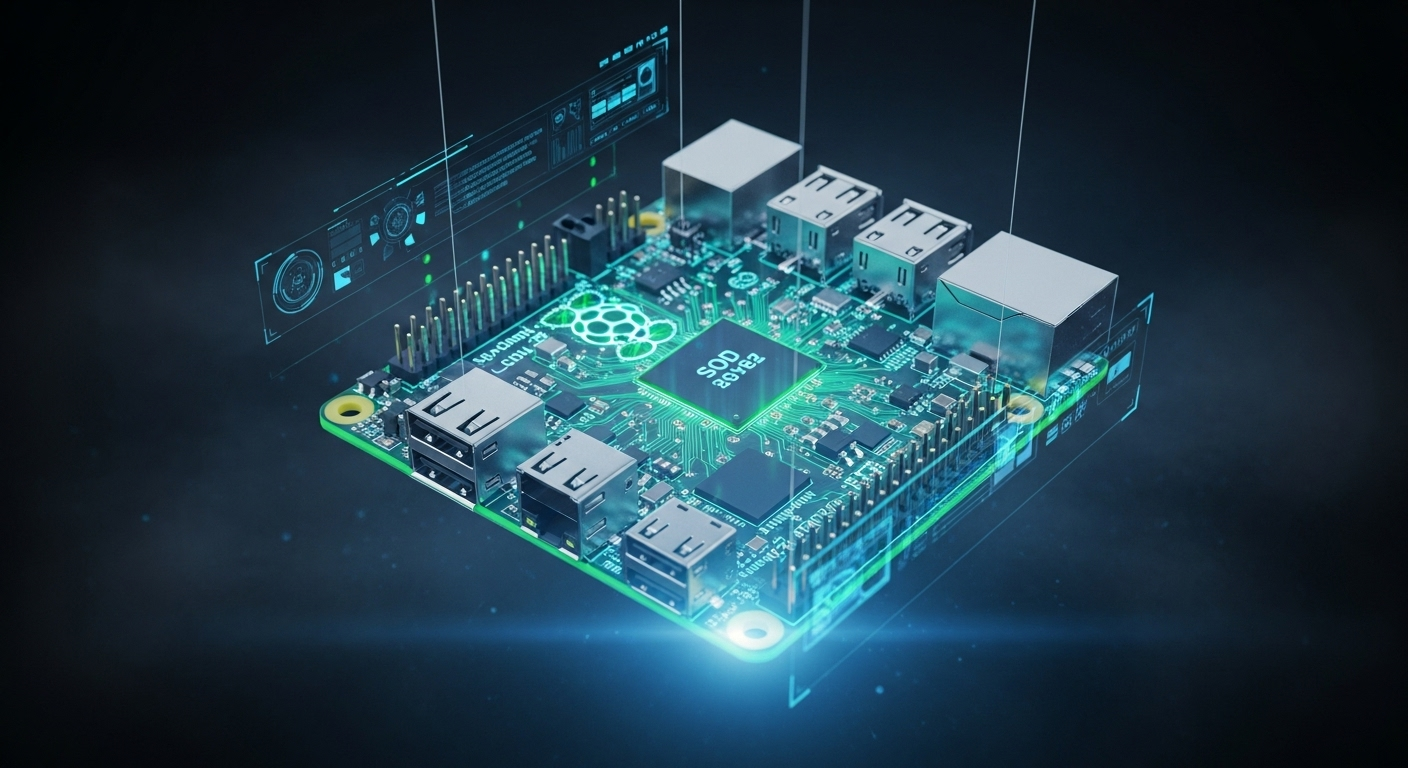
Getting Started with IoT: It's Easier Than You Think
After learning about what IoT is, how it works, and its real-world applications, you might be thinking, "This is cool, but I could never build something like that."
I'm here to tell you that you absolutely can. Getting started with IoT is more accessible and affordable than ever before.
You don't need a degree in electrical engineering, just a bit of curiosity and a willingness to learn.
Your First IoT "Brain": The Microcontroller
The heart of any DIY IoT project is a microcontroller. This is a tiny, cheap computer that you can program to read sensors and control things. Two of the most popular choices for beginners are:
1. Raspberry Pi
A Raspberry Pi is a credit-card-sized computer that runs a version of Linux. It's incredibly versatile and powerful enough for complex projects.
- Pros: Easy to use (it has a familiar desktop interface), powerful processor, lots of ports (USB, HDMI), and a massive community for support. You can program it with Python, a very beginner-friendly language.
- Cons: A bit more expensive and uses more power than other options.
- Best for: Projects that need more processing power, like a smart security camera that does some image recognition on the device itself, or a home media server.
2. ESP32 / ESP8266
These are even smaller, cheaper microcontrollers with built-in Wi-Fi and Bluetooth. They are designed specifically for IoT tasks.
- Pros: Very cheap (you can get one for a few dollars), extremely low power consumption (can run on batteries for months), and small size.
- Cons: Less powerful than a Raspberry Pi, and programming is a bit more hands-on (usually with C++ via the Arduino IDE).
- Best for: Simple, focused projects like a remote temperature sensor, an automated plant watering system, or custom smart buttons.
Simple Project Ideas to Start With
Don't try to build a smart city on your first day. Start small and build your confidence.
- Smart Plant Monitor: Use an ESP32 and a soil moisture sensor. Program it to send a notification to your phone when your plant needs water.
- Room Temperature Logger: Connect a temperature sensor to a Raspberry Pi. Have it log the temperature every minute and upload it to a Google Sheet to create a graph.
- Smart Mailbox: Put a simple switch sensor on your mailbox door. When the door opens, have an ESP32 send you a message saying "You've got mail!"
The goal of your first project isn't to change the world. It's to experience the magic of making a physical object do something smart.
The journey into IoT is a practical one. You learn by doing. So pick up a starter kit, watch a few tutorials, and start building. You'll be amazed at what you can create.